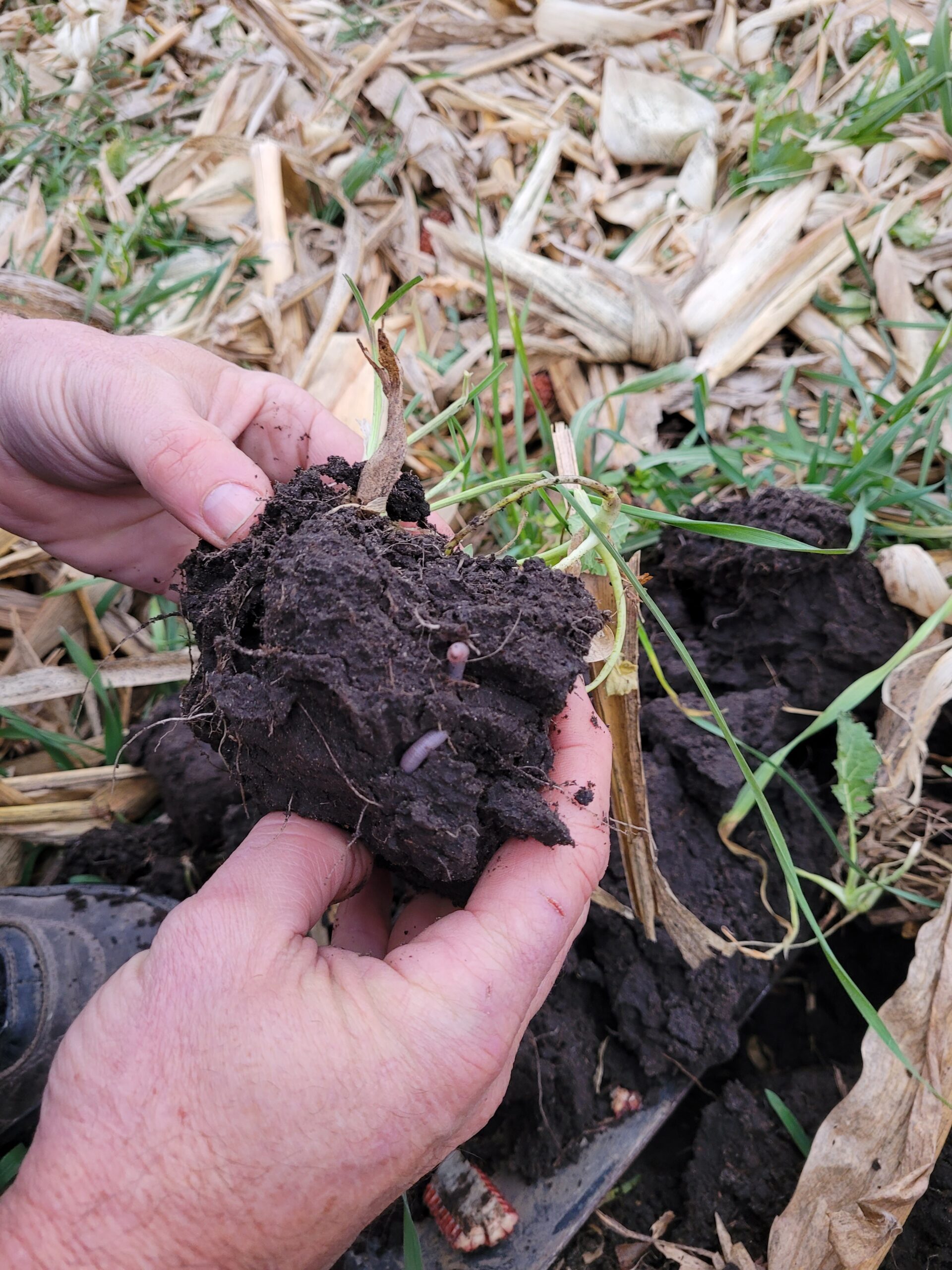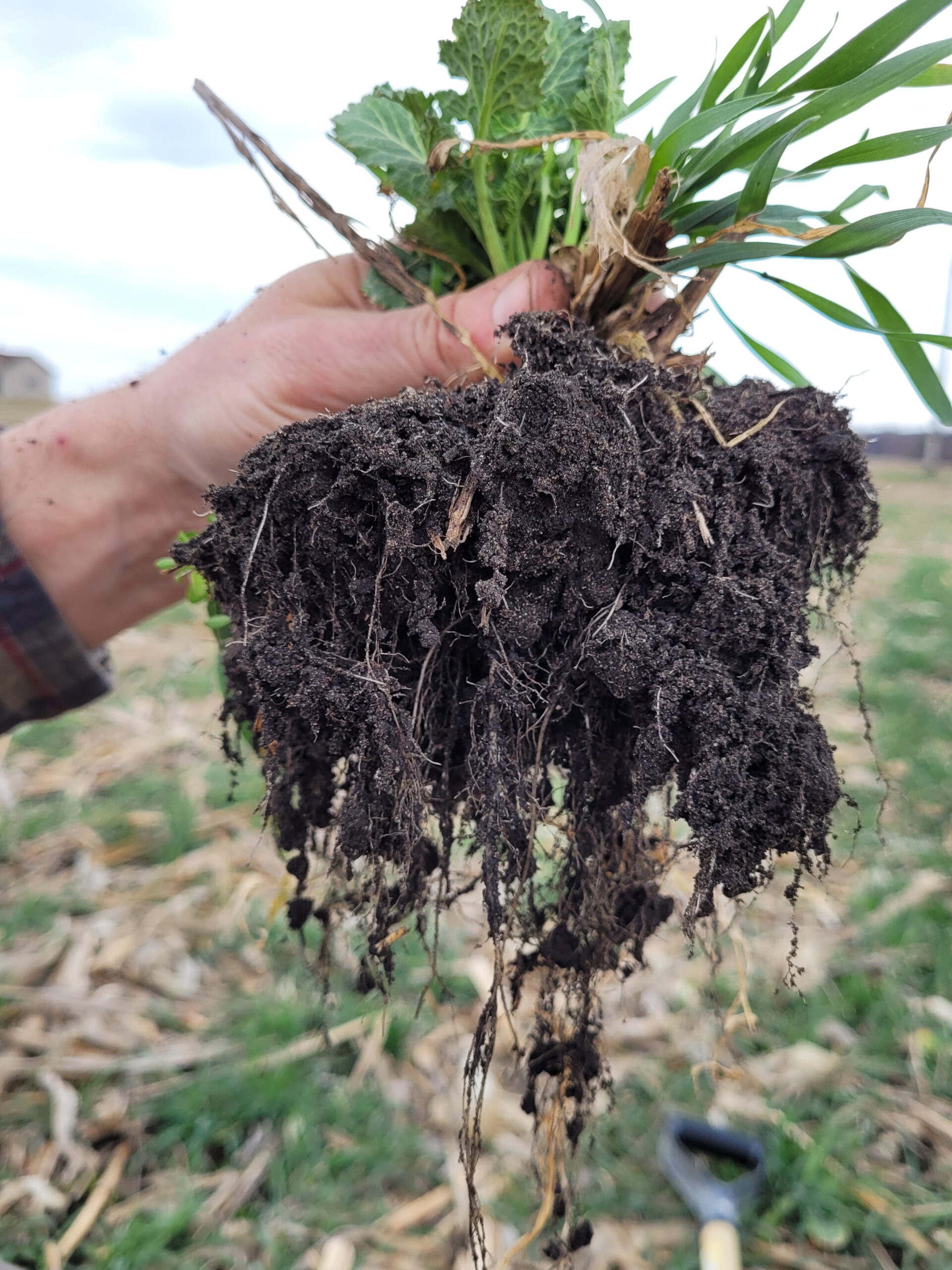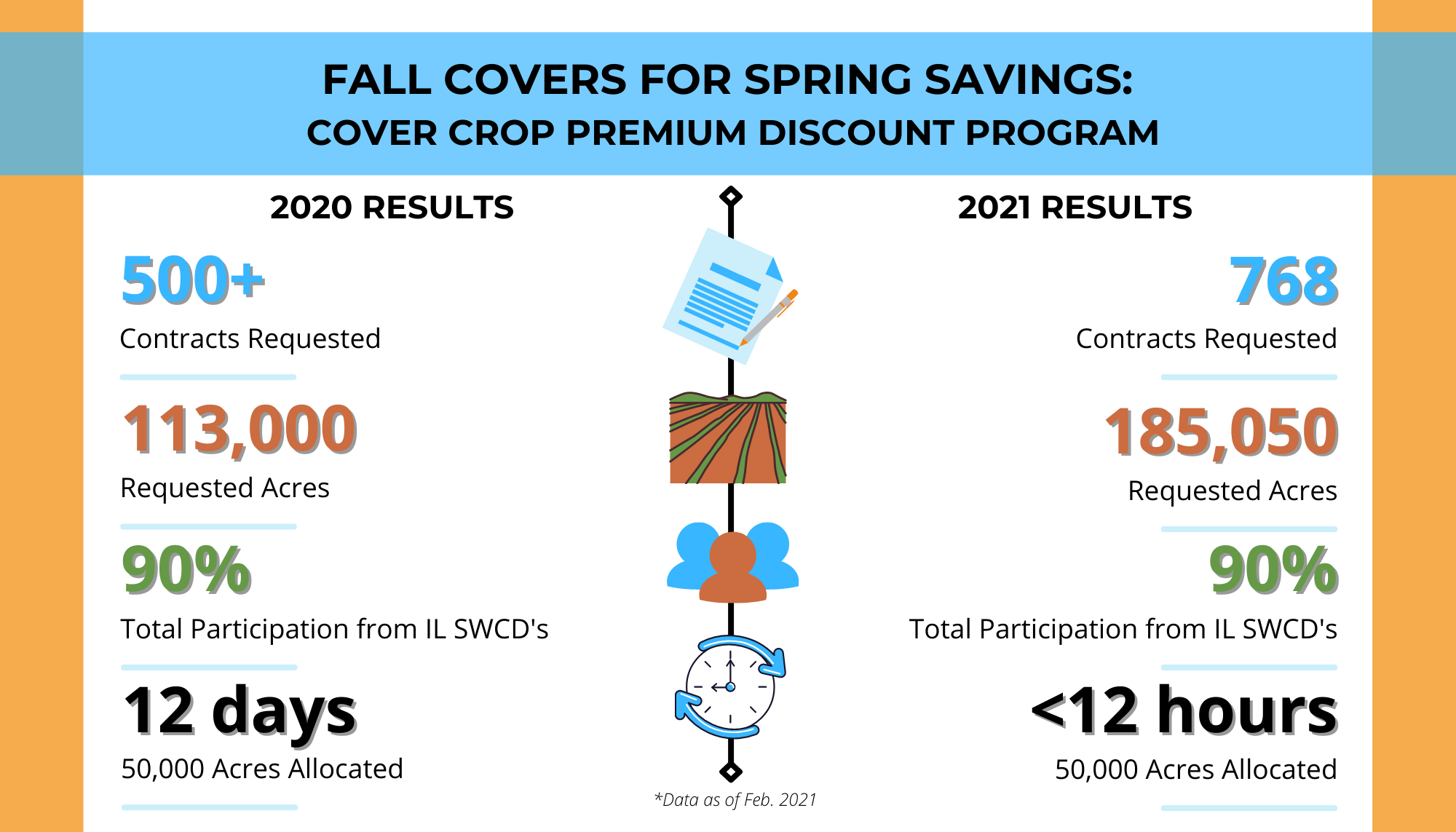For most of us, planning the 2021 crop year started in earnest over a year ago. We planned the work, then we worked the plan. Unless you farm in the very northern region of

the state, most plans included completing harvest by the end of October. Yet here we are with a portion of our corn and soybeans still standing waiting for drier crops and fields. Some of us had included planting cover crops either for the first time, or as a continuing practice. I fall in the latter category.
As we have become accustomed to, rarely in production agriculture does the year proceed just as we have planned. Fortunately, fall cover crops don’t pay as close attention to the calendar as we do. We may have to give on some of our initial goals but not all is lost. Surprisingly, very little has been lost.
My own plan for the farm has included continued use of cereal rye planted after corn is harvested. I broadcast seed alone or with potash, and will either incorporate with shallow tillage, i.e. VT, or if the nearby weather calls for rain, leave it alone. Either practice has worked successfully for me with plantings as late as Thanksgiving. One of my cover crop goals of protecting soil from erosion, both fall and spring, has only been compromised on the fall portion due to expected limited fall growth we will observe. Once again this depends on the region of the state you farm in. Spring erosion protection can still be mitigated by early growth when the weather warms up. Digging up a shovel full of your established cover crops will expose how thoroughly the soil can be protected by root growth. This simple, yet often ignored, step of spending time in your cover cropped field with a shovel can reveal some of the attributes of a protected field.

By incorporating cover crops ahead of soybeans over a period of nearly 10 years I have seen dramatic improvements in soil structure and water infiltration rates. Both improvements were anticipated benefits that I realized on my fields. I am continually impressed by the soils’ ability to withstand fieldwork when conditions have been less than ideal. Unexpected were observations of corn stalks no longer washing away and piling up during periods of heavy spring rainfall. Or, of taller spring covers lessening damage to newly emerged soybeans from May/June hailstorms.
Why should I bother to mention this now when many fields remain to be harvested throughout the state? Because now is not the time to abandon a plan to seed covers in the fall of 2021. Yes, it will be more difficult than we had originally planned, but it can be done. And it can be done successfully. You may need to adjust seeding rates a little higher than originally planned, especially if one of your goals is early season weed suppression.
There is a growing pool of professionals and neighbors who would love to help you get started yet this year, either with advice or assistance. Call your local NRCS District conservationist for advice or ask the SWCD office if there is still IDOA cost share money available. In many cases, state money has increased for conservation practices including cover crop adoption. IDOA will also be opening the “Fall Covers for Spring Savings” program again on Dec 15th with an increase to 100,000 acres for 2022 crop insurance.
As the days grow shorter and the weeks pass by, I keep thinking of simply being DONE. I’ll get there, as will all of you. I know of no profession that is more capable of pulling off almost heroic efforts to accomplish the task in front of us. Whether that is harvesting or harvesting and seeding a cover crop. As always, be safe and It’s Not Over until It’s Over. Only YOU say when it’s over.



 and then
and then